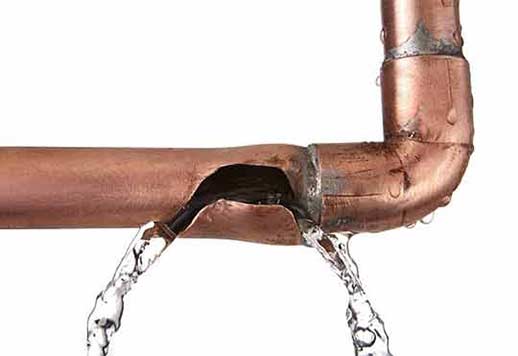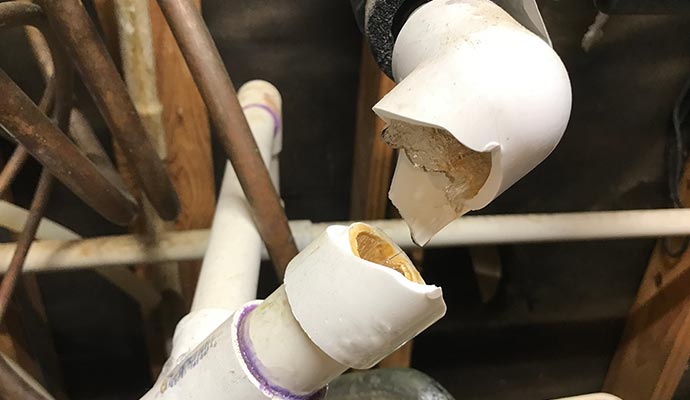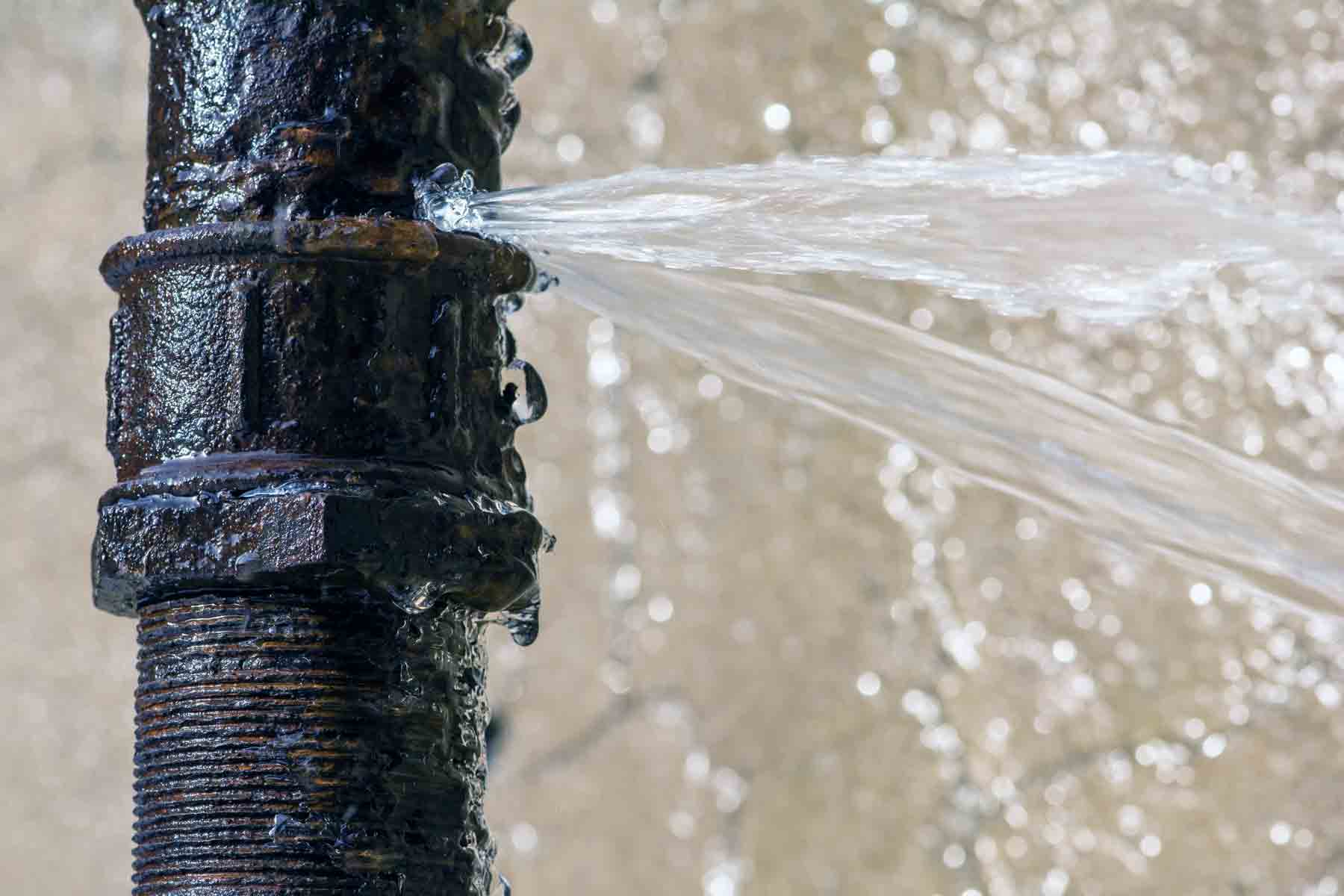How to Handle a Burst Pipe: Essential Steps for Immediate Action
How to Handle a Burst Pipe: Essential Steps for Immediate Action
Blog Article
Preventing Burst Piping: Important Tips to Safeguard Your Pipes
Preventing ruptured pipelines is a crucial concern for home owners, particularly throughout chillier months when the threat of cold is heightened. Implementing critical actions such as appropriate insulation, regular evaluations, and maintaining regular indoor temperatures can significantly minimize the possibility of pipe failing.
Understand Pipe Vulnerabilities
Comprehending pipeline susceptabilities is important for efficient plumbing upkeep and stopping pricey damages. Numerous factors add to the vulnerability of pipelines to bursts, including product make-up, age, and ecological problems. Older pipelines, especially those made from galvanized steel or polybutylene, commonly deteriorate over time, bring about increased danger of ruptures and leakages.
Temperature changes can additionally substantially effect pipe integrity. In cooler climates, water caught in pipelines can freeze, putting in and expanding stress on the pipe wall surfaces, which might ultimately bring about a ruptured. High water pressure can stress pipelines, particularly at bends and joints, enhancing the likelihood of failing.

Insulate Water Lines Effectively
Appropriate insulation of pipelines is important for stopping cold and succeeding ruptureds during winter (burst pipe). Insulating your plumbing system properly safeguards against temperature drops that can cause costly damages. Begin by recognizing vulnerable areas where pipelines are subjected to exterior temperature levels, such as cellars, attic rooms, and outside wall surfaces
Usage foam pipe insulation sleeves or cover insulation tape around these locations to give a protective barrier. Ensure that all sections of the pipes, especially those with restricted warm exposure, obtain appropriate insulation. Pay special focus to installations and joints, as these are more at risk to cold.
When insulating, it's necessary to choose products that fulfill neighborhood structure codes and are appropriate for the certain environment. For example, fiberglass insulation is often advised for its thermal resistance homes - burst pipe. Furthermore, think about making use of heat cable televisions or tape in severe problems, which can be connected in to offer additional warm
Frequently evaluate insulated pipelines for any type of indications of wear or damage, as compromised insulation can diminish its efficiency. By taking these positive measures, you significantly minimize the risk of pipeline ruptureds, making certain a trusted pipes system throughout the winter season.
Maintain Constant Temperature
A secure interior temperature is crucial for avoiding burst pipes throughout the cold months. When temperature levels decrease, water within pipes can ice up, broadening and developing pressure that might inevitably create the pipelines to ruptured.Utilizing a programmable thermostat can assist take care of interior temperature levels effectively, ensuring that rooms with plumbing remain warm even when the house is vacant.
This minor flow of water can avoid cold by relieving stress within the pipes. By implementing these techniques, homeowners can substantially reduce the threat of pipeline bursts and safeguard their plumbing systems versus the harsh winter components.
On A Regular Basis Inspect Pipes
Normal examinations of plumbing systems are critical for avoiding ruptured pipes and keeping general home stability. Regular checks allow property owners to determine prospective issues prior to they intensify right into expensive fixings or major water damage. During these evaluations, it is important to analyze noticeable pipelines for indications of deterioration, leaks, or put on. Pay unique focus to locations susceptible to freezing, such as basements, attics, and exterior wall surfaces.
Additionally, examining joints and links is crucial, as these points are usually at risk to leakages. Home owners ought to additionally evaluate water stress levels, as too much pressure can strain the pipes system and enhance the risk of pipeline bursts.
Consider organizing specialist pipes inspections at least annually, especially before winter, to ensure your system is prepared for colder temperature levels. Normal assessments not only help in determining prompt concerns but additionally foster long-term upkeep techniques that can enhance the life-span of your plumbing system. By being proactive in your approach, you can secure your home against the pricey and disruptive additional reading effects of burst pipelines. Focusing on plumbing evaluations is an investment in your home's health and wellness.
Know Emergency Procedures
Recognizing emergency treatments is important for every home owner, especially after performing regular pipes inspections. Being prepared for a plumbing emergency situation can have a peek at this website significantly mitigate damages and conserve costs.
Next, maintain necessary devices helpful. A plumbing emergency set should consist of a wrench, bettor, and towels, in addition to a flashlight and a pail for small leakages. In addition, take into consideration having the call details for a trusted plumber readily offered, needs to the circumstance intensify beyond your control.
If you spot a leak or burst pipe, quickly switch off the water and alert your plumber. Moreover, record the damages with photographs for insurance coverage purposes. burst pipe. Recognize the indicators of potential plumbing problems, such as unusual water pressure fluctuations or damp spots on walls
Ultimately, proactive expertise and speedy activity are vital in taking care of plumbing emergency situations, ensuring your home stays secured and reducing prospective damages.

Conclusion
In verdict, preventing ruptured pipes demands a complex technique that includes understanding pipeline vulnerabilities, appropriate insulation, maintaining consistent interior temperatures, routine inspections, and understanding of emergency situation treatments. By applying these vital strategies, the risk of pipes failings can be considerably minimized, consequently guaranteeing the longevity and effectiveness of the pipes system. Aggressive procedures not only safeguard versus possible damages but additionally add to overall water preservation and the security of property.
In cooler climates, water trapped in pipes can ice up, expanding and applying stress on the pipeline walls, which may ultimately lead to a ruptured. When temperature levels decrease, water within pipes can freeze, developing and broadening pressure that may eventually cause the pipes to burst. By carrying out these methods, homeowners can significantly reduce the threat of pipeline ruptureds and secure their pipes systems against the more helpful hints severe wintertime components.

Report this page